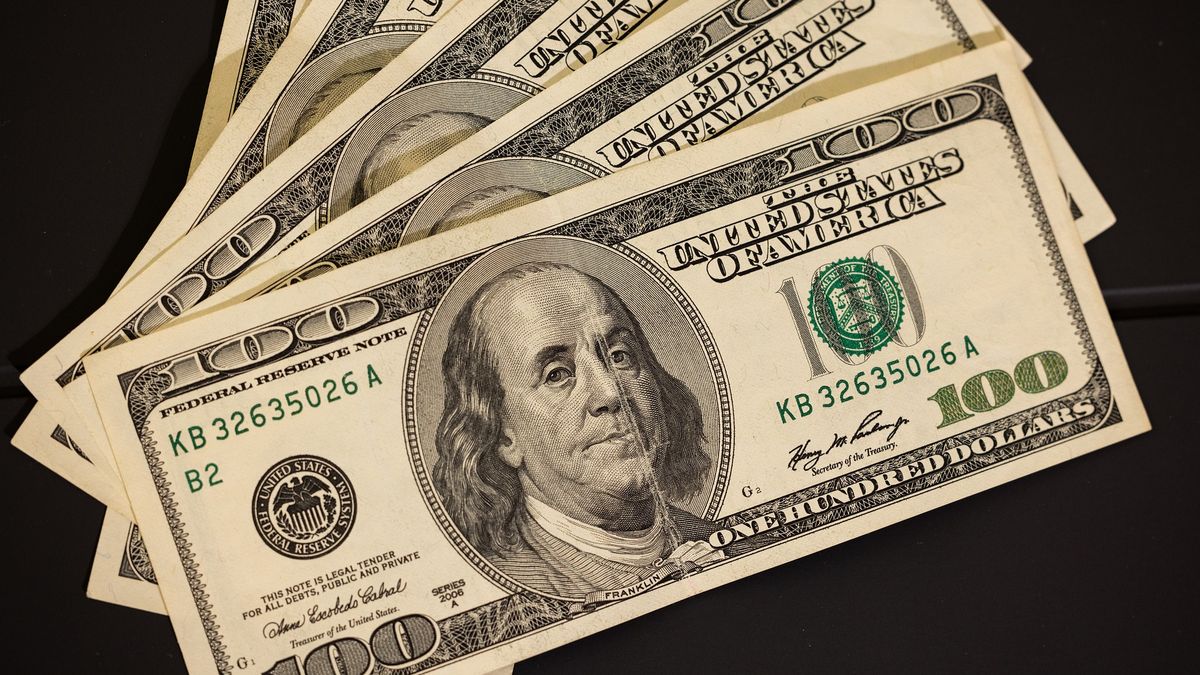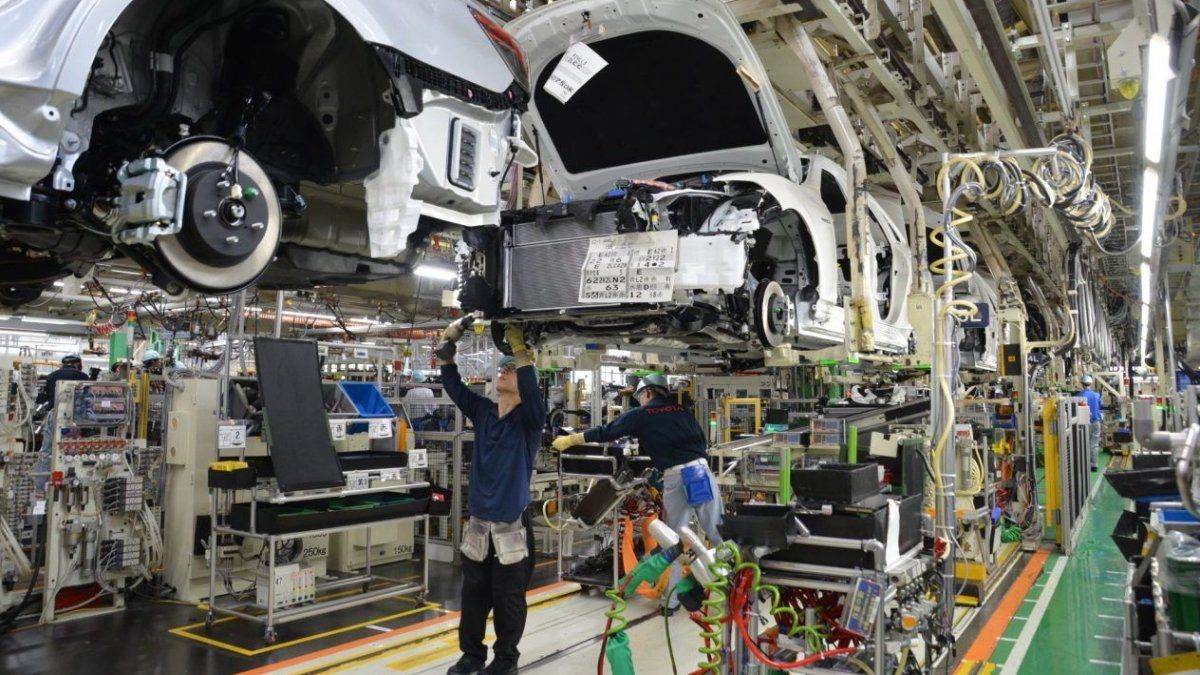The MEP dollar or Stock Exchange (operated with G30) rises $2.30 (1.1%) to settle at $215.78, with which the gap widens to 105.1%. This exchange rate comes from registering an increase of 8.5% or $16.79 in January.
For its part, the dollar “counted with liquid” or CCL (operated with the G30) bounces back $1.85 (+0.8%) to $224.75. Thus, the spread with the official exchange rate reaches 113.6%. Throughout the first month of the year, the so-called “cable” dollar accumulated a up 9.7% or $19.78.
“The chips on the political scene were moved. A framework that requires the investor to remain cautious. A priori, all this that has been happening with the resignation of Máximo Kirchner from the bloc of Deputies is uncomfortable, because it generates uncertainty, in the midst of the agreement with the Fund “, He said Gonzalo Gaviña, Financial Advisor of PPI.
President Alberto Fernandez pointed out in television statements to C5N that “Máximo made this decision, tomorrow (for this Tuesday) we will be deciding who replaces him. There is a time when (…) I have to make a decision and I made this decision and I am convinced that I did it preserving the Argentine economy and I am convinced that it is the best agreement that could be achieved with the Fund”.
This Tuesday the country must face a payment to the IMF for some 365 million dollars with reserves from the Central Bank, which are at the lowest levels of the last five years. According to official sources, Argentina is going to pay the due date, as it has been doing, and even more so after the agreement with the IMF.
Meanwhile, the Argentine country risk rose four units, to 1,727 basis points, after collapsing in the previous 5 sessions and after marking a historical maximum level of 1,969 units last week.
The reaching of an agreement with the IMF curbed expectations of a sharp devaluation. It is worth remembering that for two weeks the alternative exchange rates to the official had an escalation that seemed to have no ceiling. The president of the Central Bank (BCRA), Miguel Pesce, assured that there will not be a devaluation jump as part of the commitments that the country will assume in the framework of the deal for the renegotiation of the debt, something that had already been warned by the Minister of Economy, Martín Guzmán, in his conference of the Friday.
The Government intends to add some US$5 billion to reserves in 2022 and for the exchange rate to be compatible with this new level of reserves. However, it remains to be seen in the letter of intent what will be the way to accumulate those dollars, a challenge that seems difficult given this level of gap and with commodity prices not as high as in 2021.
Where the consensus with the Fund does seem to be clearer is on the need to have positive interest rates in real terms. In that sense, the BCRA is analyzing raising nominal rates again.
official dollar
In the wholesale segment, the dollar advanced 13 cents to $105.15, after rising 2.2% in January, its biggest rise since March 2021. The BCRA slightly accelerated the rate of devaluation, although the “crawling peg” continues to run behind inflation that is likely to remain above 3% in the first quarter.
The monetary entity had to get rid of some 130 million dollars during January to supply the genuine demand for foreign currency.
For its part, the savings dollar or solidarity dollar -retailer plus taxes- operated unchanged at $182.67, given that the retailer -without taxes- quoted at $110
Blue dollar rises 50 cents to $213.50, after scoring last week, before the announcement of the agreement with the IMF, a historical maximum level of $223.50, according to a survey by Ámbito in the Black Foreign Exchange Market.
The parallel dollar collapsed $10 last Friday in reaction to the announcement of the country’s agreement with the International Monetary Fund (IMF). Later, the informal dollar rose $1 on Monday.
Therefore, the gap with the wholesale exchange rate, which is regulated by the Central Bank, grows slightly to 102.9%.
Starting from the sharp drop on Friday, the informal reduced its January advance to 2.4%, again lower than the monthly rate of inflation.
Source: Ambito
David William is a talented author who has made a name for himself in the world of writing. He is a professional author who writes on a wide range of topics, from general interest to opinion news. David is currently working as a writer at 24 hours worlds where he brings his unique perspective and in-depth research to his articles, making them both informative and engaging.




